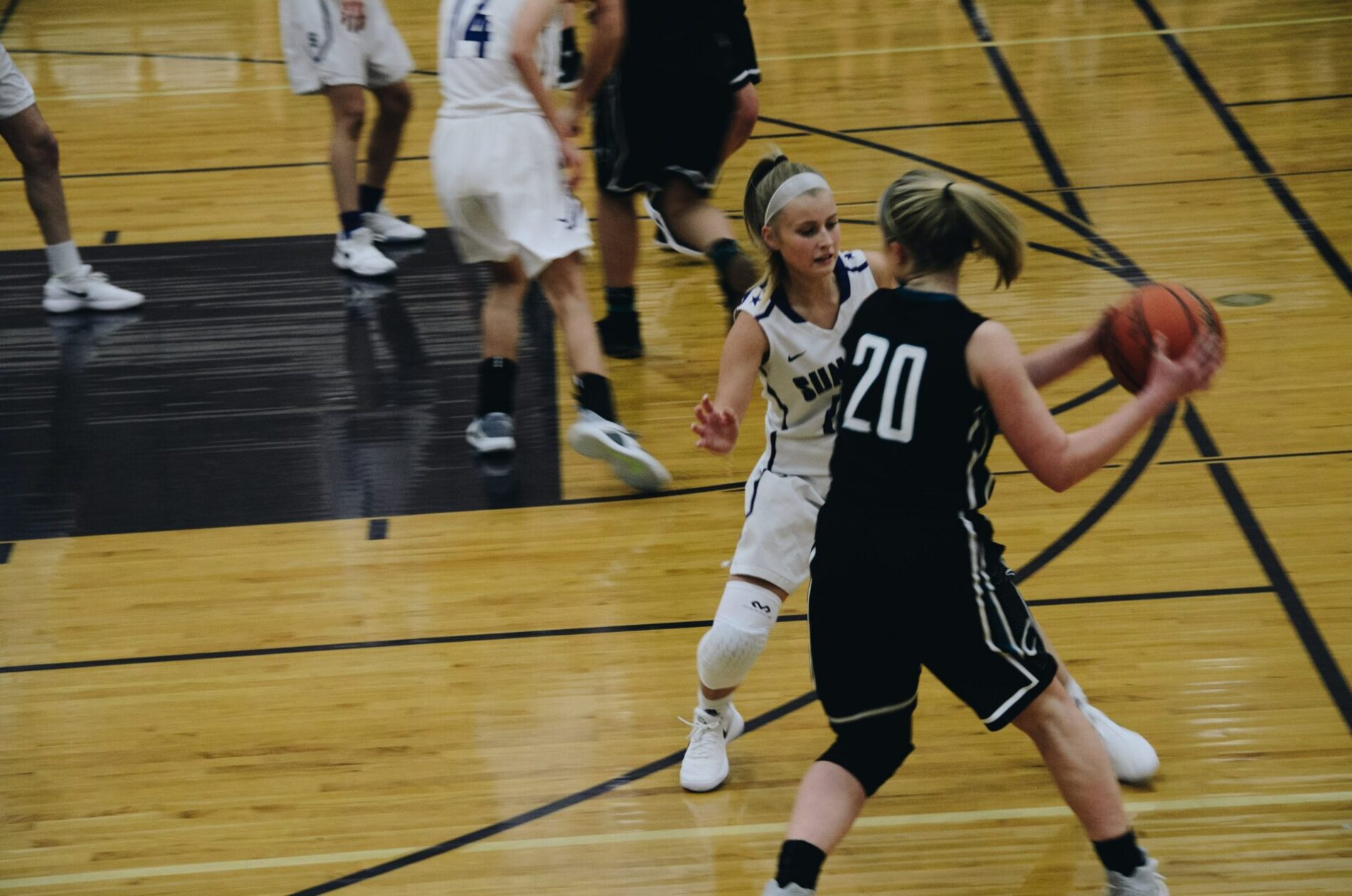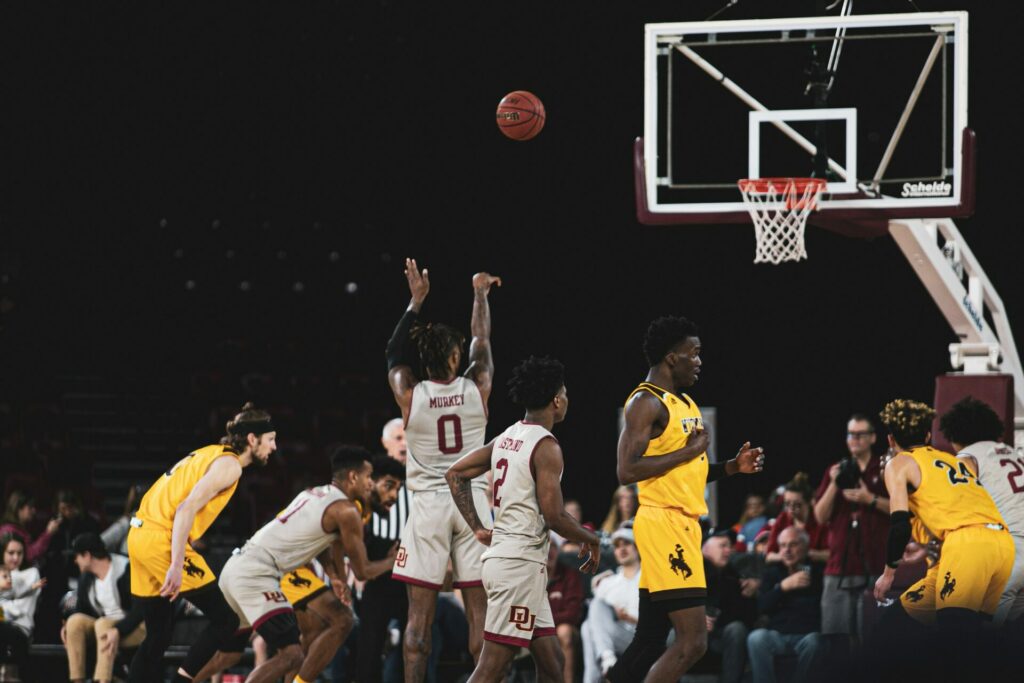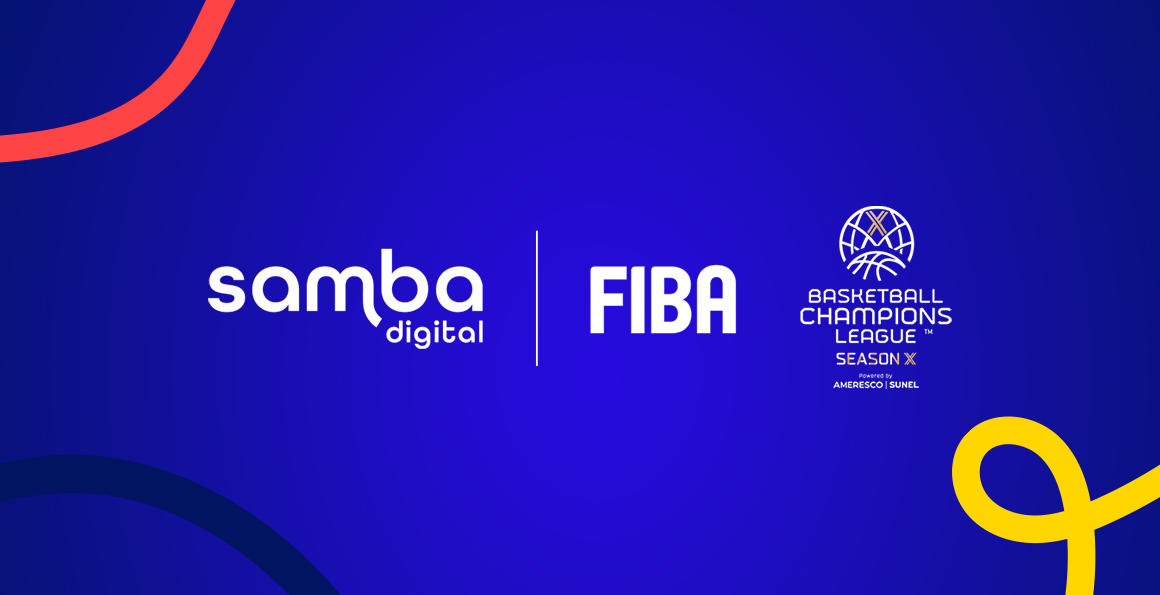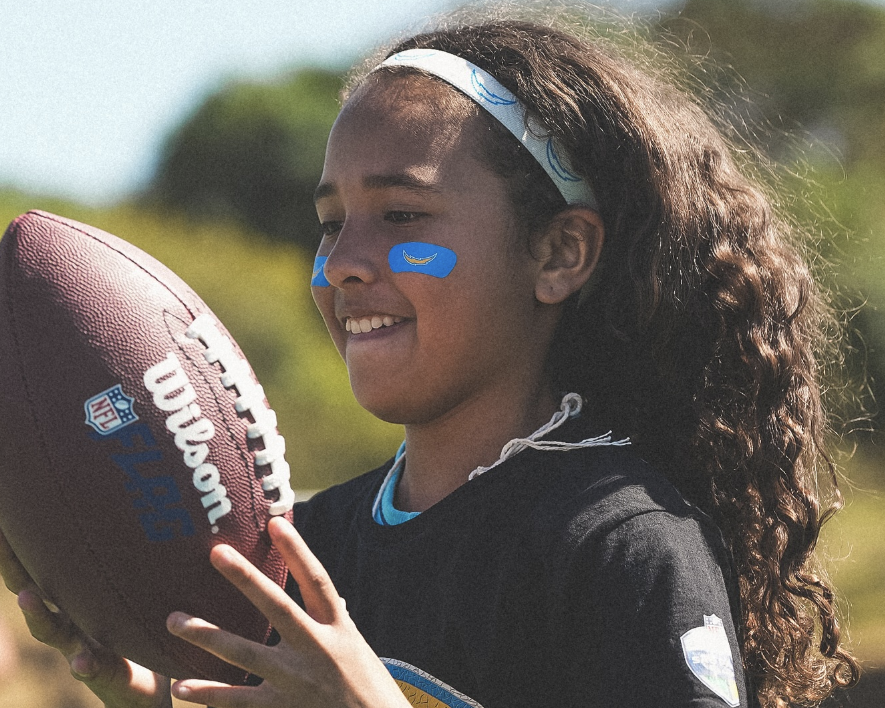GROWING THE GAME: A LOOK BACK AT MARCH MADNESS 2023

Now that the calendar has turned to April, March Madness is winding down, with both the men’s and women’s NCAA basketball championships reaching their conclusion across today and tomorrow. Both have captivated audiences across the country in a way that hasn’t been seen in years, underscoring the value of each as a touchstone of tradition. With that in mind, we look at the narratives of each tournament and what the future might hold for them.
The NCAA basketball championships have, first and foremost, a unique advantage in their placement in the sporting calendar in the United States. Baseball is still in preseason, the NBA and NHL are wrapping up long seasons, but the attentions of many fans will have already been turned towards the playoffs. Major League Soccer is increasingly popular, but even as its visibility has improved, it still lags slightly behind the other major leagues in terms of overall audience.
Moreover, March Madness also represents a chance to double down on the personal ties that many fans may have to a given college. Perhaps they are an alumnus, or a family member is, or they grew up in the area — many of the major colleges in the United States are located in small towns or cities without top-level professional sports. In this way, then, college sports occupy a unique place in fandom in the United States, one not necessarily bound by success or geographic proximity.

Credit: Logan Weaver
CONNECTING WITH NEUTRAL FANS
Beyond this, basketball is something played at the top level by nearly four hundred schools, something which is not true of football, hockey, or baseball, the other sports which attract fans. Thus, there are not only many more opportunities for fans to engage, but when a narrative happens that creates an unlikely hero, fellow fans are less likely to have their own rooting interest and will be more willing to follow the cause of a so-called underdog.
Indeed, the notion of upsets has historically driven the tournament’s success, and that has never been more apparent than with the men’s tournament this year. No. 16 Fairleigh Dickinson’s upset of No. 1 Purdue would have captured the imagination of fans early in the tournament on its own, but it was soon followed by No. 15 Princeton beating No. 2 Arizona, with the latter making a spirited run to the Round of 16.
When the dust settled, none of the top four seed had even made the quarterfinals, nicknamed the Elite Eight. The semifinals saw a quartet of schools that included Florida Atlantic, a little-known commuter school near Miami, and San Diego State, from the unheralded Mountain West conference take part, with the latter winning a thrilling match to reach the title game.
GROWING AUDIENCES
Ratings may have tailed off slightly in the tournament’s sharp end, without as many household names, but for much of the early rounds, the men’s tournament was running well above last year’s numbers, and 40% higher than the 2021 edition. The aforementioned upset win by Fairleigh Dickinson was even the most-watched first round game in a dozen years, and this comes off the back of a season which was overall incredibly successful.
But a moderately successful tournament for the men pales in comparison to what the women have achieved. Women’s sports in the United States are frequently driven by the narrative of star players — think Brittney Griner propelling Baylor, hardly among the sport’s elite prior to her arrival, to a title, or Diana Taurasi’s leading Connecticut to three successive titles a generation ago. And in this year’s edition, the NCAA has that in spades in the form of Iowa star Caitlin Clark.
Clark has led her team to the championship game as a do-it-all guard, a dynamic, confident presence on the floor capable of making dramatic shots from long range, threading the needle with jaw-dropping passes, and controlling the interior with her rebounding ability. She scored forty points in both the quarterfinal and semifinal games, and the latter game was ESPN’s third-most watched women’s basketball game of all time, part of an overall increase in audience size that has eclipsed 40% in year-on-year growth.
Ahead of this afternoon’s final, pitting Clark’s team against Louisiana State, expectations are high that an all-time record could be set, with the game being broadcast on network television for the first time in decades. But while television ratings are always important, what’s most intriguing for the women’s side of the game is the potential this holds for the NCAA’s next rights deal.
The current valuation of the tournament is just $6M per the NCAA’s agreement with ESPN, but an in-house analysis conducted by the association’s gender equity department estimates it could be worth more than ten times as much. With such heady numbers being bandied around, we could be on the precipice of a real sea change in the way that women’s basketball is perceived in the United States.
Header: Joel de Leon
Other News

News Tank interview: “Samba will serve as a bridge between European clients and the US market”

Samba Digital teams up with the Houston Texans to elevate Somos Texans across the U.S. and Mexico

The Kansas City Chiefs win Emmy Award for “Viva Chiefs’ Kingdom”

Samba Digital announces a new collaboration with FIBA, BCL and BCL Americas

FINAL RESULTS AS OF JUNE 30, 2025 (6 MONTHS)

